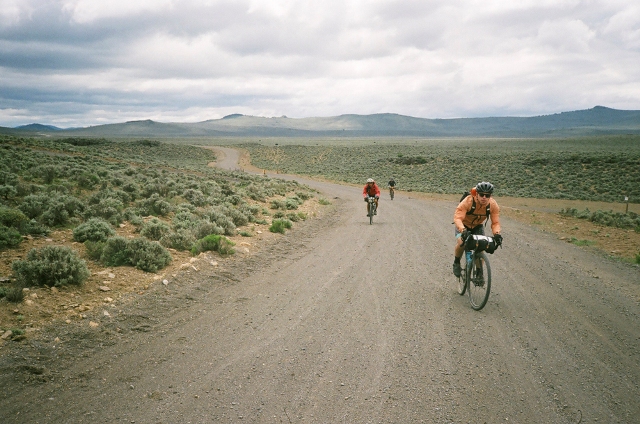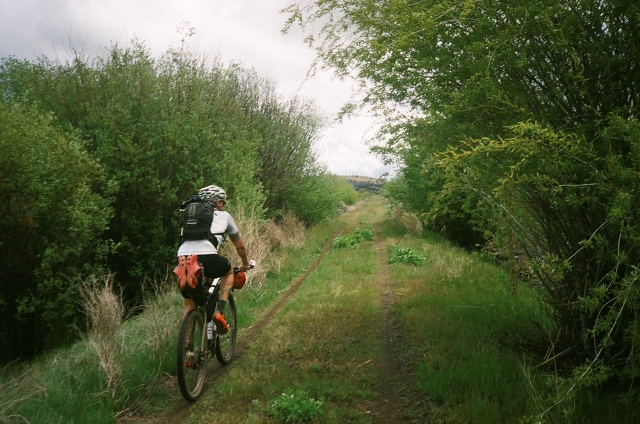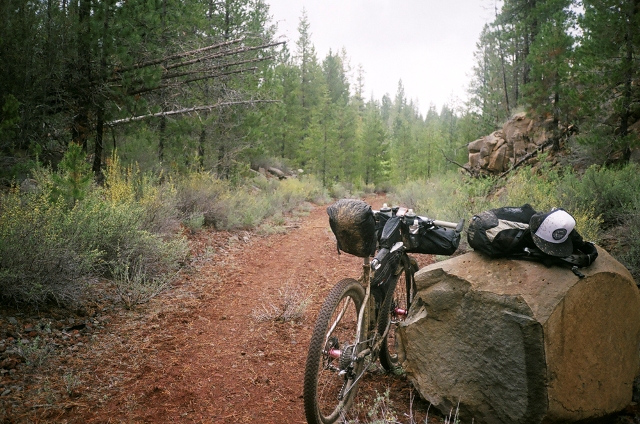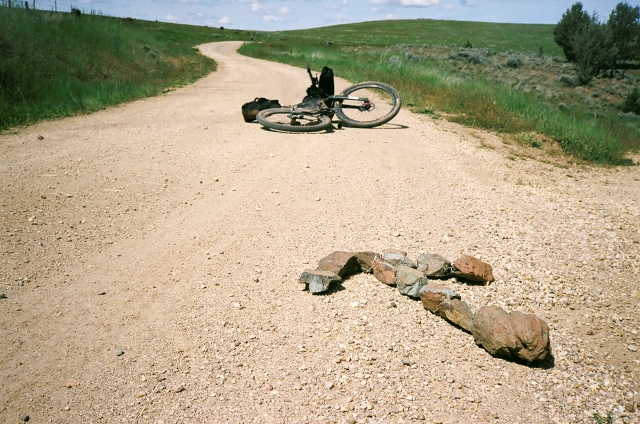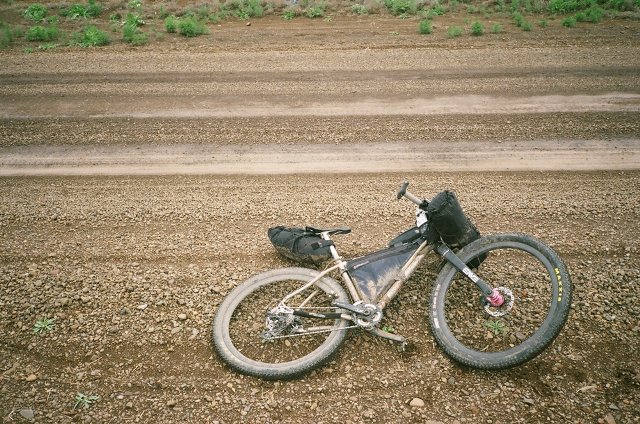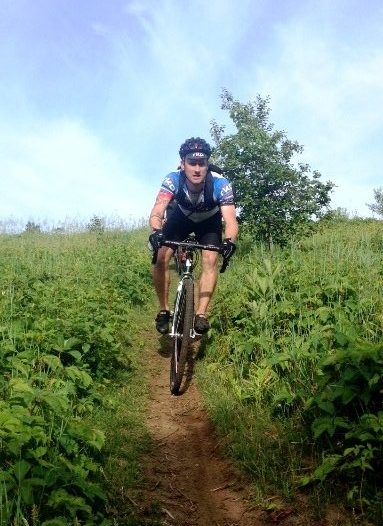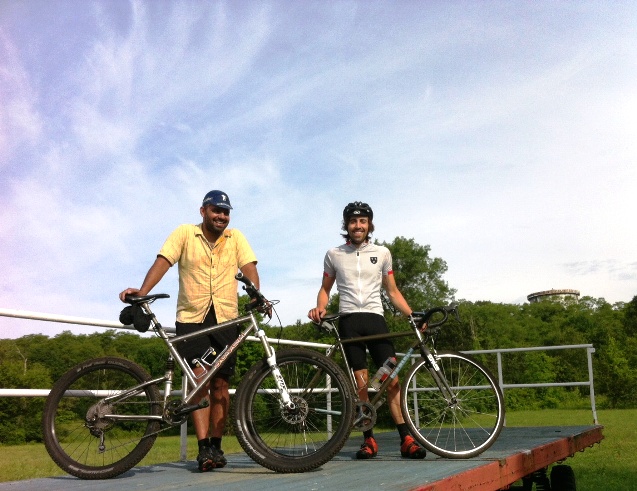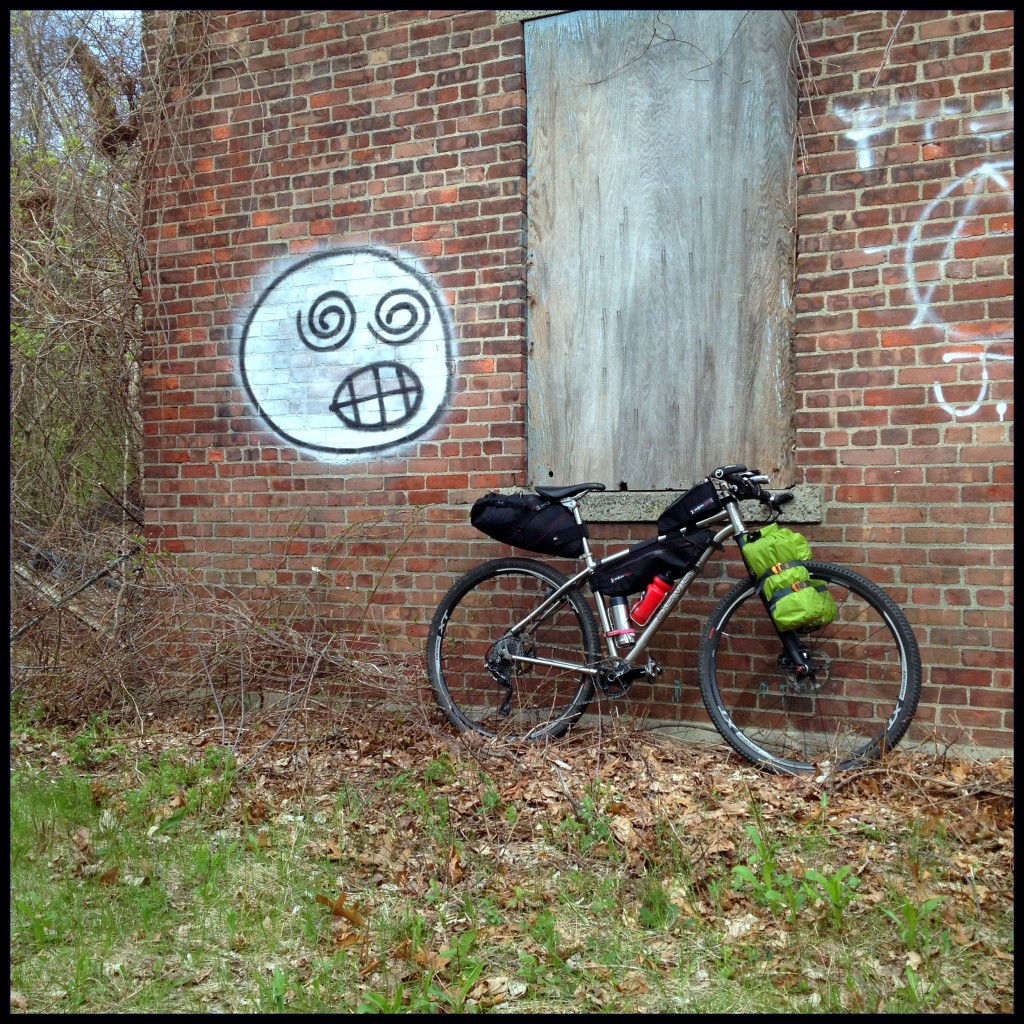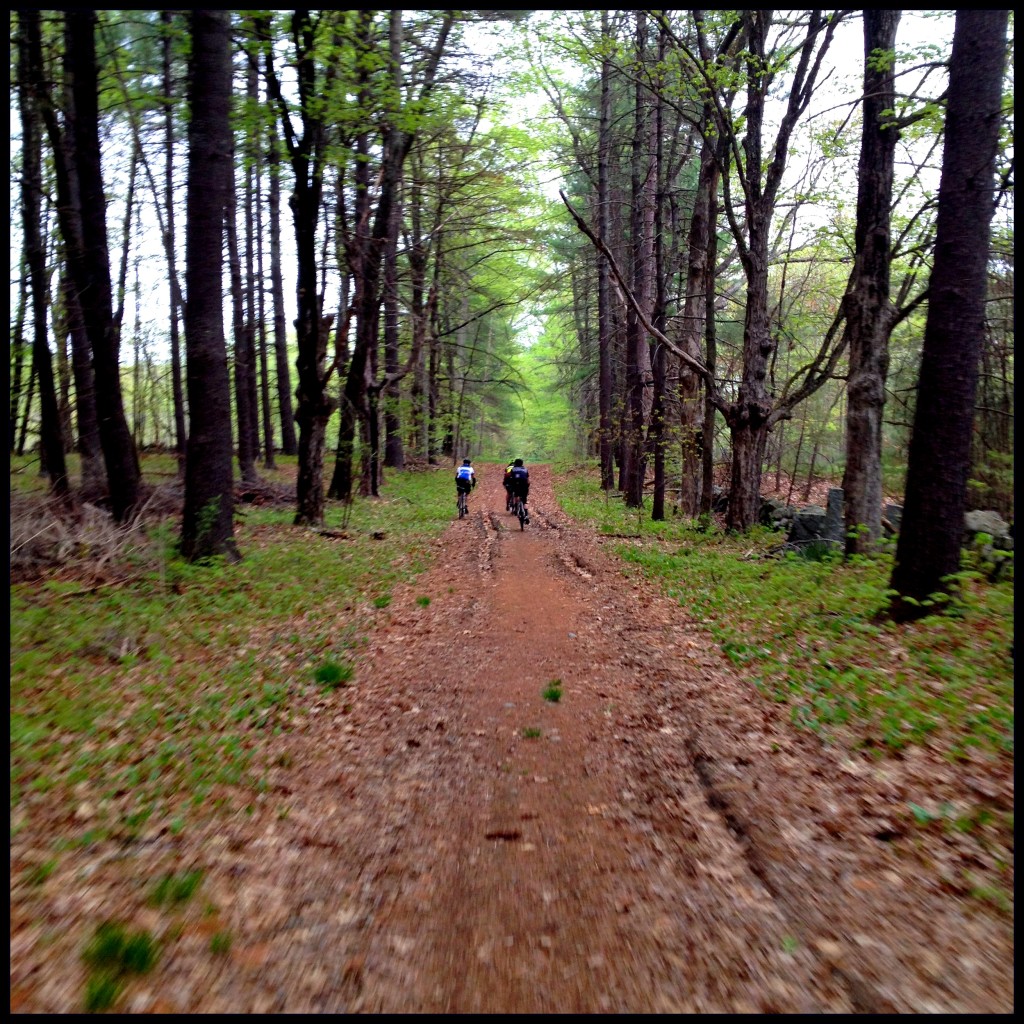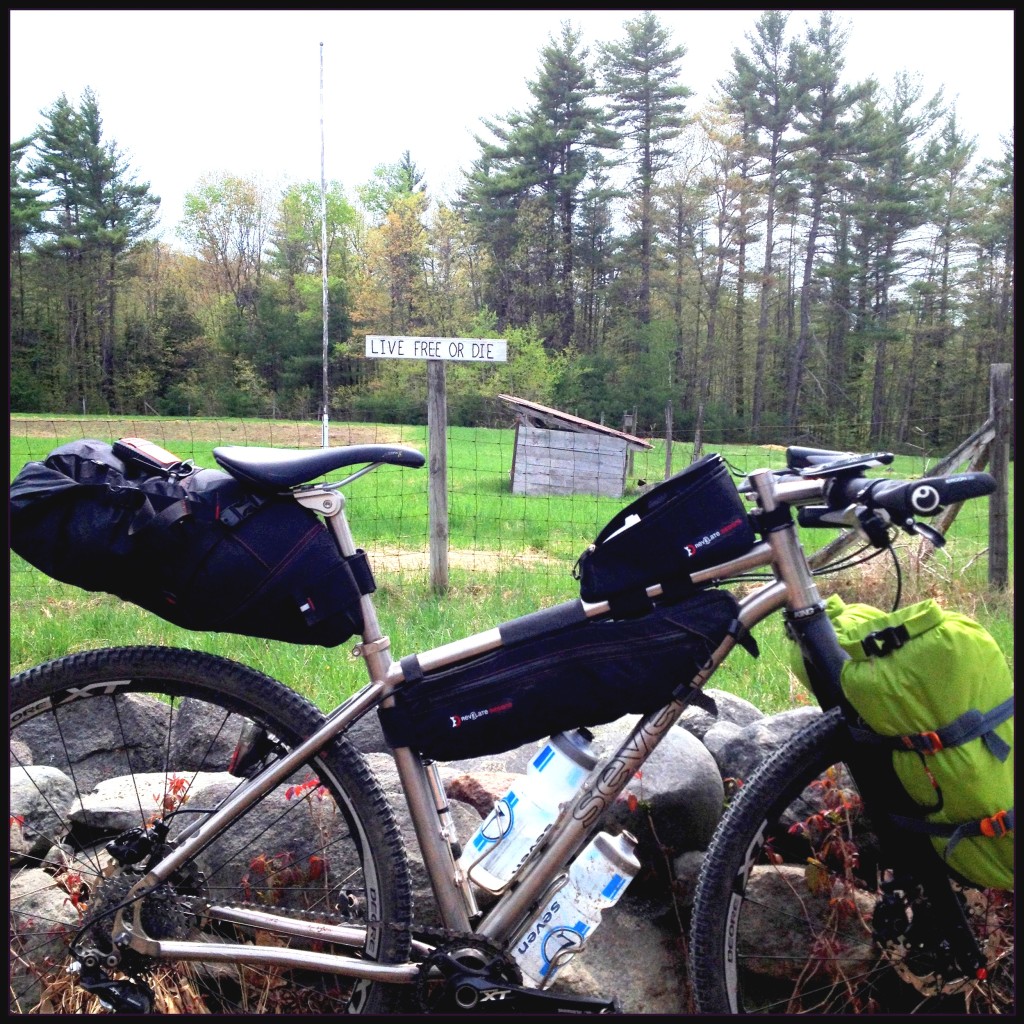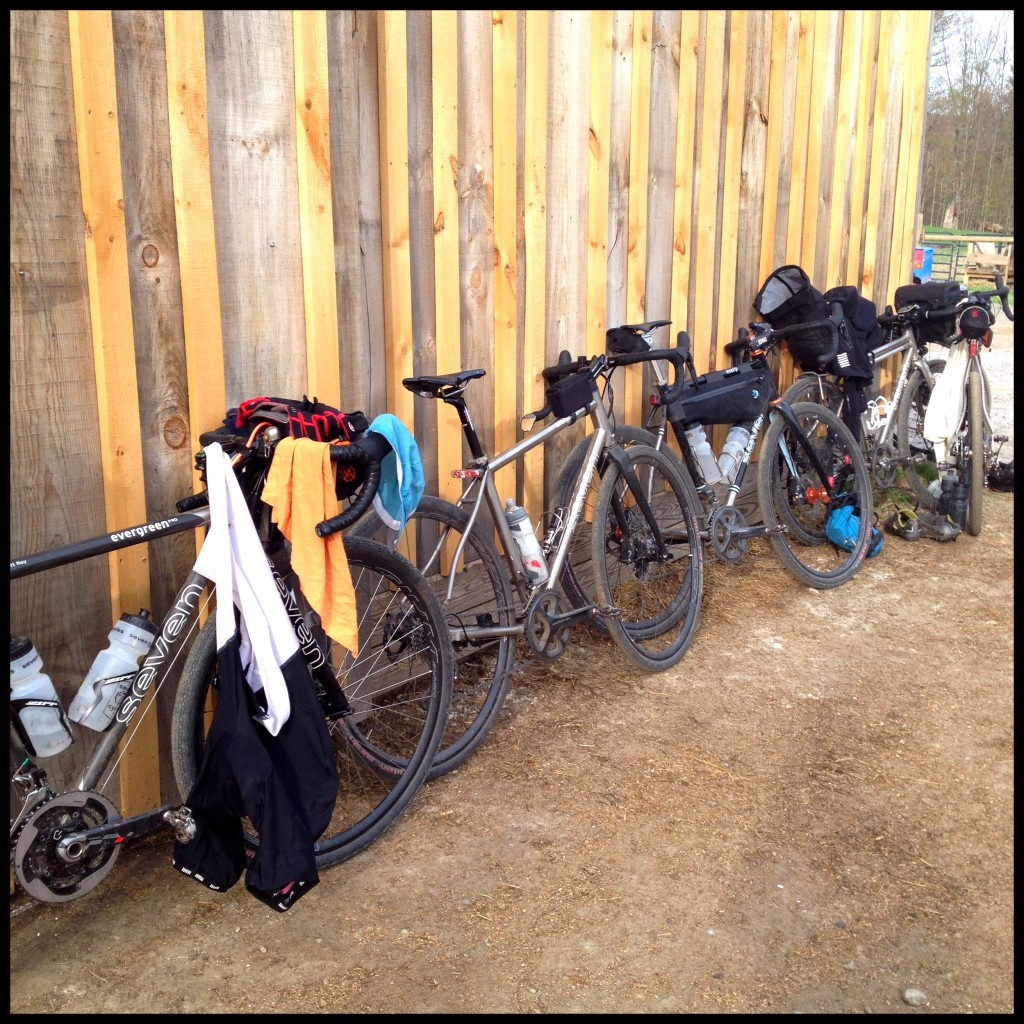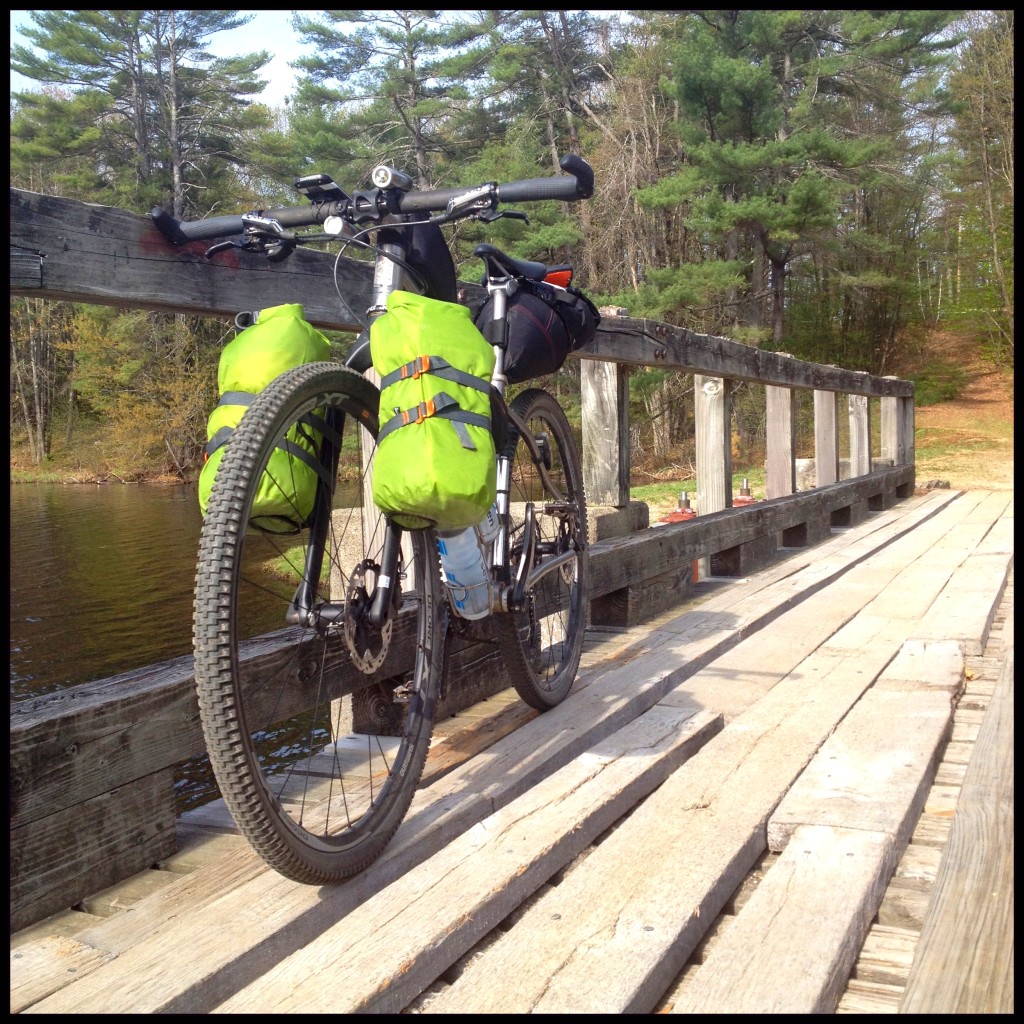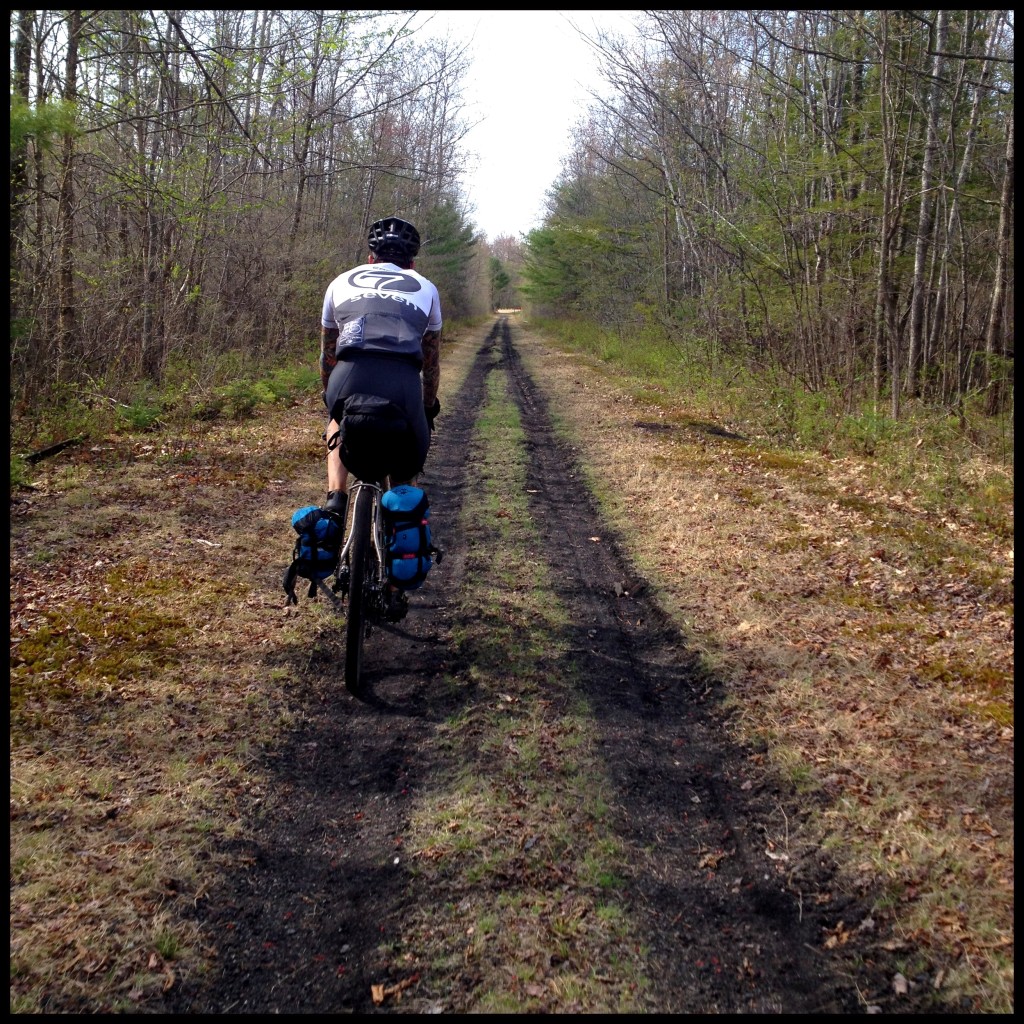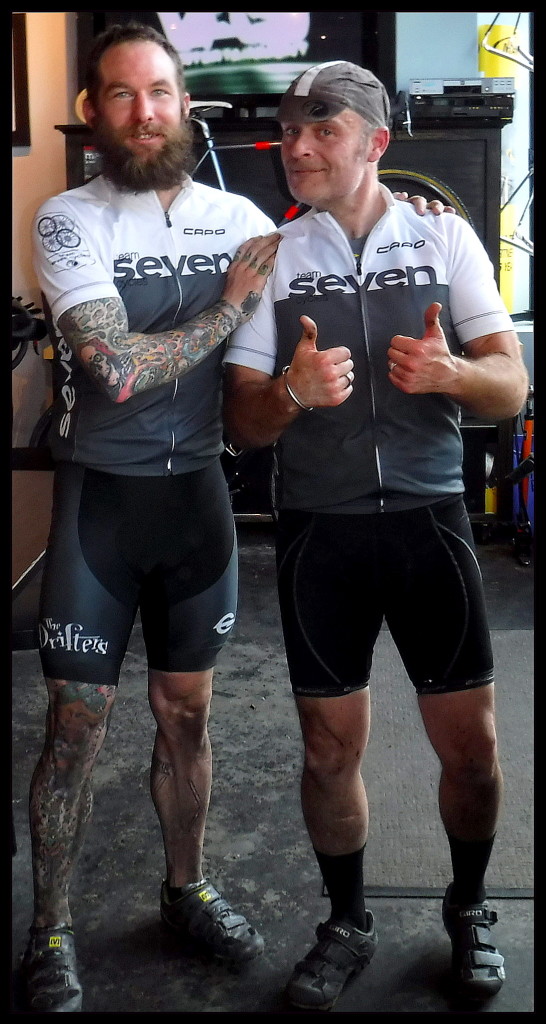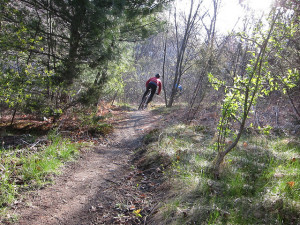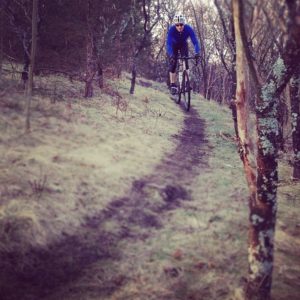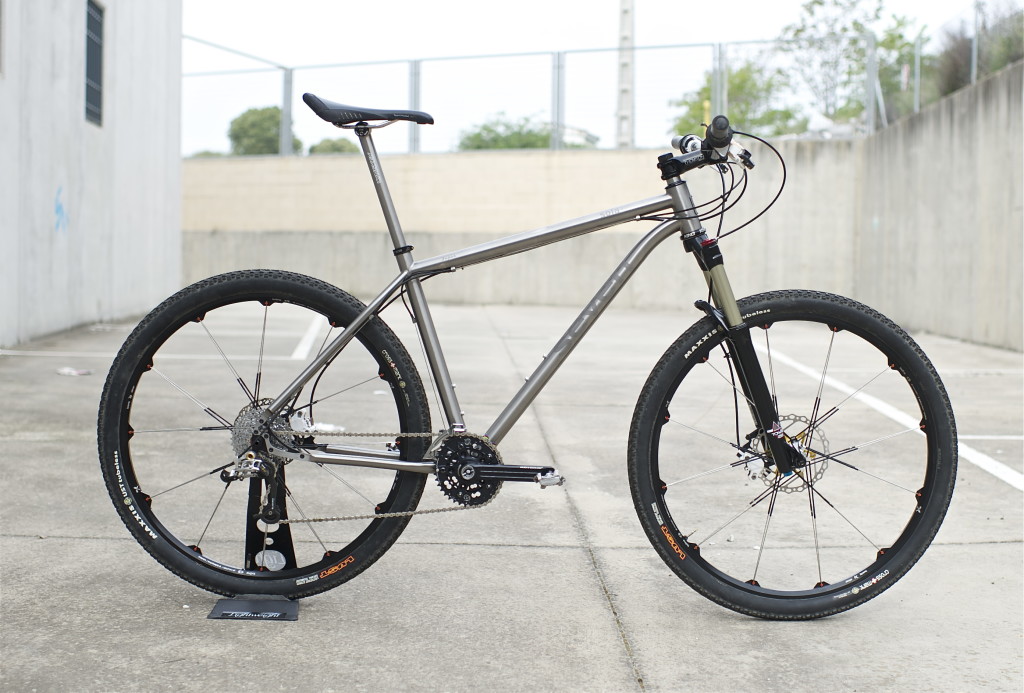Daniel Sharp and his Benedicto crew have been at it again. This time taking on the Oregon Outback. We find that the best thing to do with Daniel is to get out of the way and let his words and pictures tell the story, so we’ll do that. This isn’t nearly the whole story or all the pictures, just an excerpt.
I think I was nervous about the Outback. I didn’t sleep well for an entire week leading up to it. My mind was wound up with to-do lists and what-if scenarios. I had managed some good hard 60 to 70 mile road rides, but hadn’t done much fully loaded. What about the Bay Area Ridge Trail? That was 300 miles in 3 days, but that was six months ago and we packed light. What if I implode on day one?
I think it’s funny that we went to great lengths to ride Amtrak down with the group. We stayed at the hotel where everyone departs, but when it comes close to “Grand Depart” time, we decided to head out a half hour early to “beat the pack” and avoid traffic. We had a 7:30 pm reservation at the Cowboy Dinner Tree. Not to be missed, they say. 30 ounces of steak, they say. Someone said if you want to catch your dinner time on day one, you’d better leave early.
We roll out into cattle country and promptly flat at mile 43. You just have to give into these occurrences and help out as you can. We triple-team the flat change. Someone gets out the fresh tube and pumps it. Steve checked the casing and found a crazy little razor sharp sliver of stone protruding. We remount and keep rolling through cow country.
How do you calculate the difference between pedaling a road bike with just two water bottles and minimal tools and a 50-pound loaded mountain bike? If math was your thing, I’m sure you could produce an equation, but I know what it feels like in my legs and in my mind.
Our rollouts were pretty silent affairs. Nobody yelled “rolling out in five minutes.” You just silently stuff bags and fill bottles until it looks like everyone is ready. I like that unspoken group mind sometimes. Rolling out in the rain and chill is a bit of a somber affair that feels more like duty than a party.
My right knee started to hurt at this point my mind started wondering if this was a trend, or just a momentary thing. Pavement turned to dirt, which led us to miles of descending. So much descending that you have to stop and rest and keep pedaling just to stay engaged. At this point we meet up with Bear Creek and things just get greener as we approach the reservoir. One last killer climb, though before a killer descent to the reservoir.
Prineville was a turning point in our Outback. Mileage-wise we had completed 225 miles of the 363. Having completed two days was a huge boost in confidence. At this point, it felt like our bodies were adapting to the work and rhythm of bike by day camp by night. We started to get a feel for how much food we needed to pedal all day.
I just keep making little goals. Just make it to that tree. Just make it to that rise up there. At some point the pure climbing gives way to rolling terrain, so good-sized climbs alternate with healthy descents.
“Rise and shine cowboys – time to hit the road and pedal those bikes” yells a local woman cruising mainstreet at 6 am. She inspects a falling handrail on the vacant hotel and mutters something about how someone needs to get on these repairs. I think the hotel looks pretty good considering it was built in 1900. I read that the hotel shut its doors in 2009. At 7am one of the Outback riders rings the large bell next to the City Hall.
And that’s it. No finish line, just the Deschutes River flowing peacefully by. We jump in and it’s bracing. It feels good to be done. Cold water feels amazing and it was the first shower I had in three days…I don’t think I really doubted I could do the Outback, I just maybe thought it might be harder…and maybe it would have been with different conditions.
Daniel rides a Seven Sola 29 SL.
Find the whole story and all the photos on Daniel’s website.

